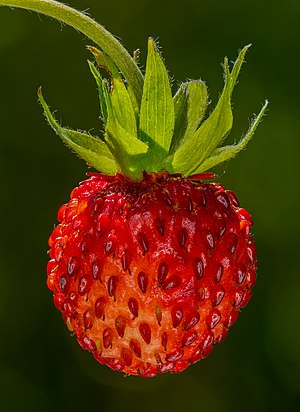My Userpageedit
Current time is 06:48:51, 9 February 2025 (UTC) Articles in Wikipedia: 6,951,818. Major contributions to articles: Penmon See my editor review. |
About me!edit
Hi, I'm Casmith_789! Recreationally, I enjoy chess; academically physics. To see what I have done so far in terms of edits, visit my contributions page. If you want to contact me, visit my talk page. People are allowed to edit my page, just no vandalism please! Remember the first rule of Wikipedia: go out there, and be bold!
Here are some links that you may find useful:
|
My Awardsedit(copied from talk page) For youeditHi there, you seem to have done a lot of patrolling ever since you got here. Here's a little something for you:
The Original Barnstaredit
The Special Barnstaredit
|
Today's Featured ArticleeditThe Japanese battleship Tosa was a planned battleship of the Imperial Japanese Navy. Designed by Yuzuru Hiraga, Tosa was to be the first of two Tosa-class ships. Displacing 39,900 long tons (40,540 tonnes) and armed with ten 410 mm (16.1 in) guns, these warships would have brought Japan closer to its goal of an "eight–four" fleet (eight battleships and four battlecruisers). Compared with earlier designs the ships would have had higher steaming speed despite increased tonnage, flush decks, and inclined armor. Tosa was ordered in 1918, laid down in February 1920 in Nagasaki and launched in December 1921. All work on the ship was halted in February 1922 after the Washington Naval Conference and the signing of the Washington Naval Treaty. As the vessel had to be destroyed in accordance with the terms of the treaty, it was subjected to various tests to gauge the effectiveness of Japanese weaponry before being scuttled on 9 February 1925. (This article is part of a featured topic: Battleships of Japan.)
Recently featured:
Today's Featured PictureeditFragaria vesca, commonly called the wild strawberry among other names, is a perennial herbaceous plant in the rose family that grows naturally throughout much of the Northern Hemisphere. The wild strawberry produces edible fruits, which have been consumed by humans since the Stone Age. The fruit is strongly flavored, and is still collected and grown for domestic use and on a small scale commercially as an ingredient for commercial jam, sauces, liqueurs, cosmetics and alternative medicine. This focus-stacked photograph shows a wild strawberry fruit in a garden in Bamberg, Germany.Photograph Reinhold Möller
|
Tip of the Dayedit |





